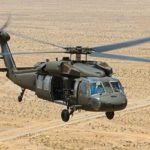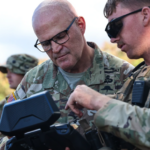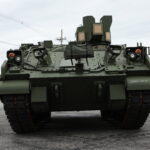
Seeking financial efficiencies and a more effective smaller future force, the Army plans to divest older or obsolete aircraft that would cost too much to keep in the inventory, to include some 800 UH-60A Black Hawks, the Utility Project Manager said. In March, the Army decided to start divesting obsolete aircraft, including the UH-60A, or Alpha, fleet, Col. Thomas Todd told Defense Daily this week in a telephone interview. Separately, the Army wants to divest the TH-67 trainer and the…













